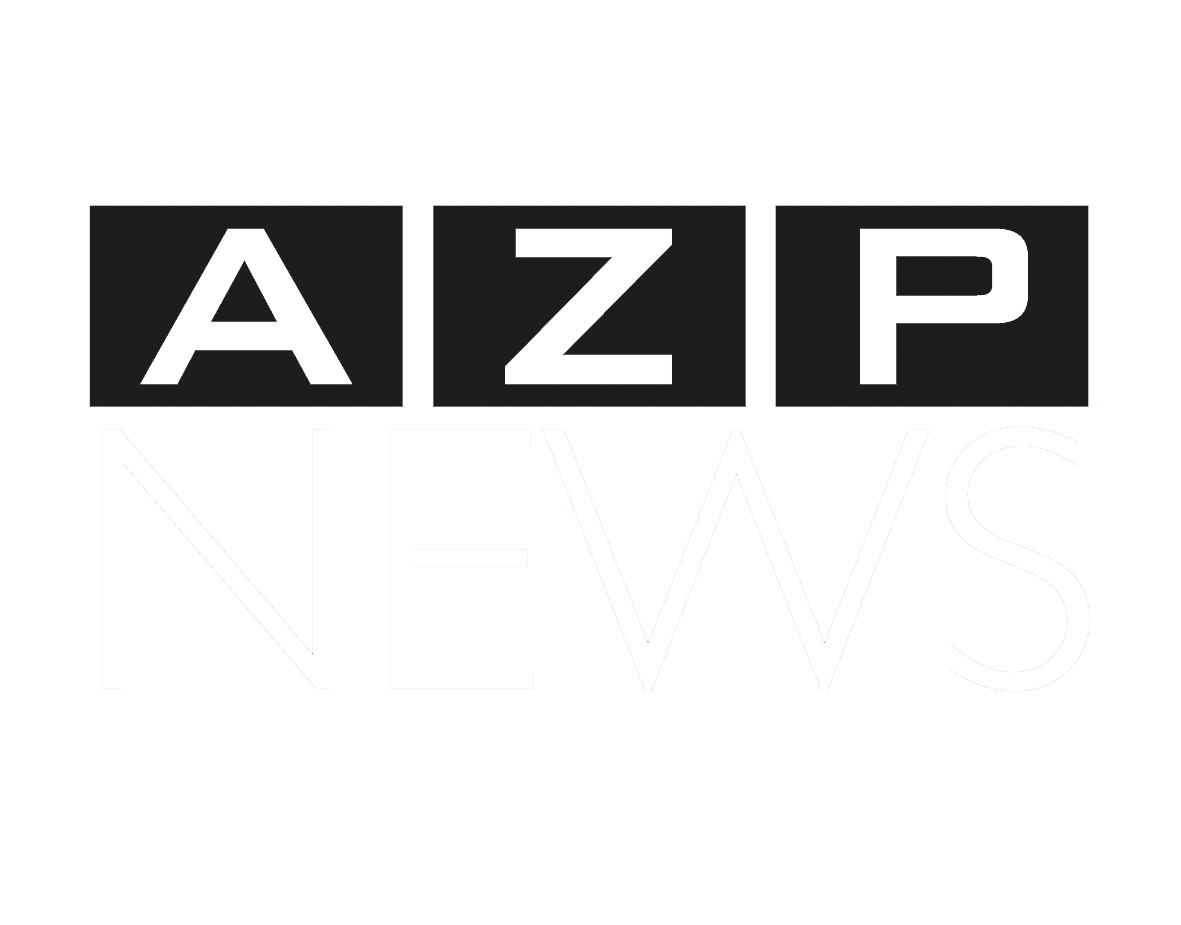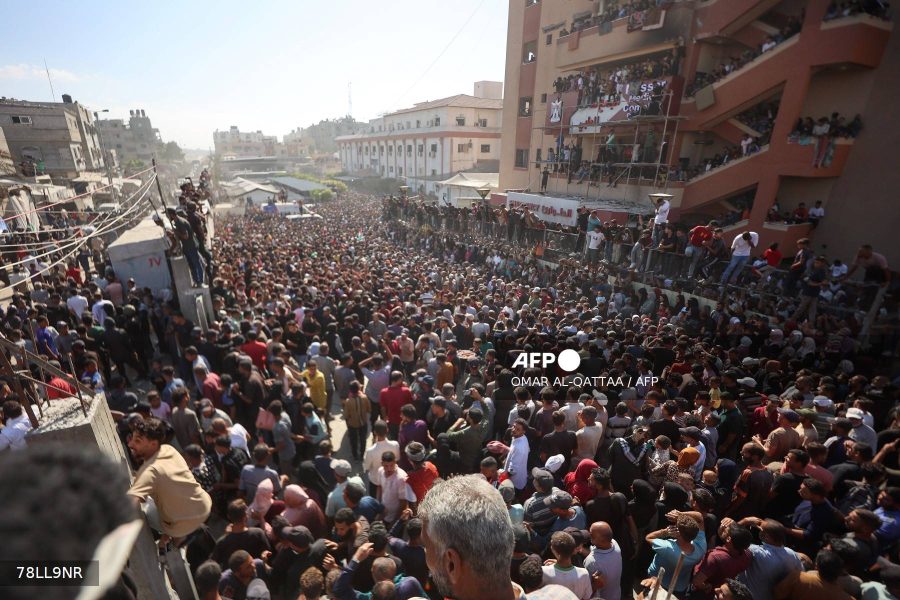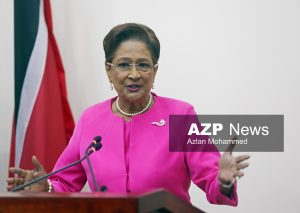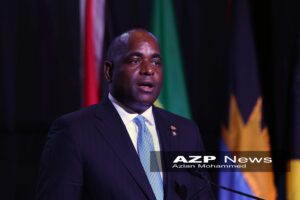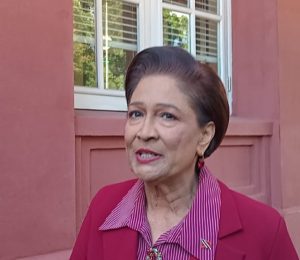Caption: Buses carrying Palestinians released from Israeli prisons under a Gaza ceasefire and hostage exchange deal with Palestinian factions, arrive outside the Nasser hospital in Khan Yunis in the southern Gaza Strip on October 13, 2025.
EGYPT – US President Donald Trump hailed a “tremendous day for the Middle East” as he and regional leaders signed a declaration meant to cement a ceasefire in Gaza, hours after Israel and Hamas exchanged hostages and prisoners.
Trump made a lightning visit to Israel, where he lauded Prime Minister Benjamin Netanyahu in an address to parliament, before flying to Egypt for a Gaza summit where he and the leaders of Egypt, Qatar and Turkey signed the declaration on Monday as guarantors to the ceasefire deal.
“This is a tremendous day for the world, it’s a tremendous day for the Middle East,” Trump said as more than two dozen world leaders sat down to talk in the resort of Sharm el-Sheikh.
He later declared that the assembled leaders had “achieved what everybody said was impossible”.
“At long last, we have peace in the Middle East,” Trump said in a speech.
According to the declaration, the signatories pledged to “pursue a comprehensive vision of peace, security and shared prosperity in the region”, and also welcomed “the progress achieved in establishing comprehensive and durable peace arrangements in the Gaza Strip”.
But the statement — released in full on Monday night by the White House — was vague about the path ahead for peace between Israel and its neighbours, including the Palestinians, making no mention of a one- or two-state solution.
“We’re talking about rebuilding Gaza. I’m not talking about single state or double state or two state,” Trump told reporters en route back to the White House.
Egyptian President Abdel Fattah al-Sisi said the Gaza deal “closes a painful chapter in human history” and sets the stage for a two-state solution.
As part of Trump’s plan to end the Gaza war, Hamas on Monday freed the last 20 surviving hostages it held after two years of captivity in Gaza.
In exchange, Israel released 1,968 mostly Palestinian prisoners held in its jails, its prison service said.
“For so many families across this land, it has been years since you’ve known a single day of true peace,” Trump told Israel’s parliament, where he received a standing ovation.
“Not only for Israelis, but also for Palestinians and for many others, the long and painful nightmare is finally over.”
In Tel Aviv, a huge crowd that had gathered to support hostage families erupted in joy, tears and song as news broke of the first releases, though the pain at the loss of those who had not survived was palpable.
In the occupied West Bank city of Ramallah, huge crowds gathered to welcome home the first prisoners, with some chanting “Allahu akbar”, or God is the greatest, in celebration.
And in the southern Gaza city of Khan Yunis, residents climbed the sides of the slow-moving Red Cross buses carrying the prisoners to greet their loved ones with a hug or kiss.
‘Emotion and sadness’
“Welcome home,” Israel’s foreign ministry said on social media, hailing the return of the hostages.
None of the captives spoke directly to AFP immediately after their return, but videos filmed and released by the Israeli military captured some of the raw emotion of the reunions.
“My life, you are my life… you are a hero,” cried Einav Zangauker as she embraced her smiling son Matan, in one video.
Under the ceasefire agreement, Hamas is also due to return the bodies of 27 hostages who died or were killed in captivity, as well as the remains of a soldier killed in 2014 during a previous Gaza conflict.
Of the prisoners Israel freed in return, around 250 were security detainees, including many convicted of killing Israelis, while about 1,700 were taken into custody by the army in Gaza during the war.
On October 7, 2023, Hamas-led militants seized 251 hostages during their unprecedented attack on Israel, which led to the deaths of 1,219 people, most of them civilians.
All but 47 of those hostages were freed in earlier truces, with the families of those who have remained in captivity leading lives of constant pain and worry for their loved ones.
‘A new birth’
In Gaza, the ceasefire has brought relief, but with the territory racked by a humanitarian crisis and much of it flattened by war, the road to recovery remains long.
Israel’s campaign in Gaza has killed at least 67,869 people, according to figures from the health ministry in the Hamas-run territory that the United Nations considers credible.
“The greatest joy is seeing my whole family gathered to welcome me,” Yusef Afana, a 25-year-old released prisoner from north Gaza, told AFP in Khan Yunis.
“I spent 10 months in prison — some of the hardest days I’ve ever lived.”
In Ramallah, Palestinian prisoners released by Israel were met by a cheering crowd so dense that they struggled to get off the bus that delivered them from jail.
“It’s an indescribable feeling, a new birth,” newly released Mahdi Ramadan told AFP, flanked by his parents.
The UN Palestinian relief agency, UNRWA, called for the return of aid to battered Gaza.
“Time to let in humanitarian aid at scale including through UNRWA,” said its chief, Philippe Lazzarini, on social media.
Sticking points
Much, however, remains to be negotiated.
Among the potential sticking points are Hamas’s refusal to disarm and Israel’s failure to pledge full withdrawal from Gaza.
Trump has repeatedly signalled he is confident the ceasefire will hold, saying at a joint appearance with Sisi in Sharm el-Sheikh that talks on the next steps of the plan had already “started, as far as we’re concerned”.
The US president announced in late September a 20-point plan for Gaza, which helped bring about the ceasefire.
He briefly met Palestinian president Mahmud Abbas at the summit, which representatives of Israel and Hamas did not attend, and departed in the evening.
Hamas spokesman Hazem Qassem on Monday urged Trump and the mediators of the Gaza deal to “continue monitoring Israel’s conduct and to ensure it does not resume its aggression against our people”. (AFP)
![]()
